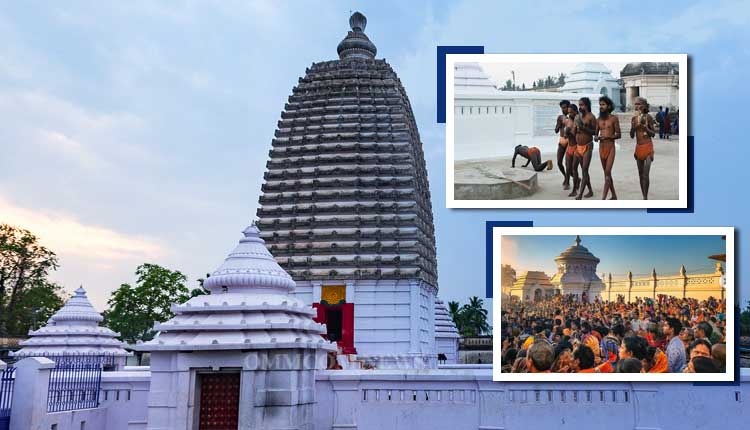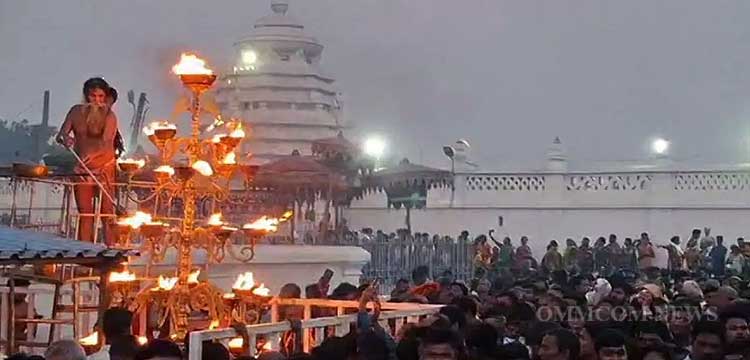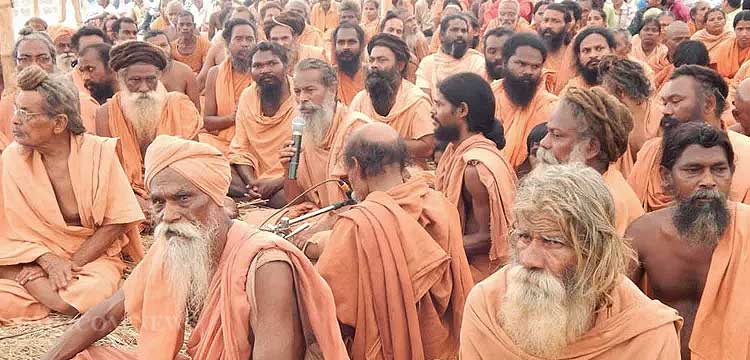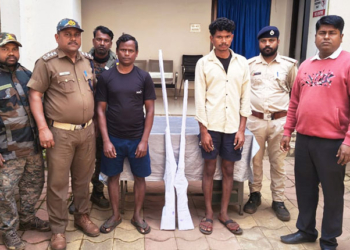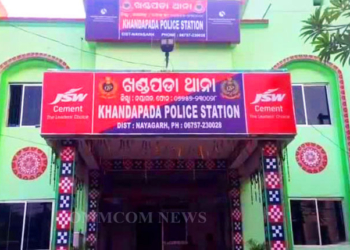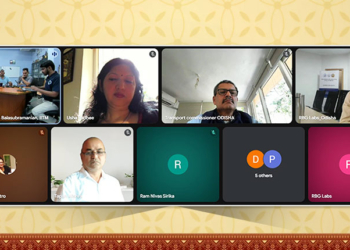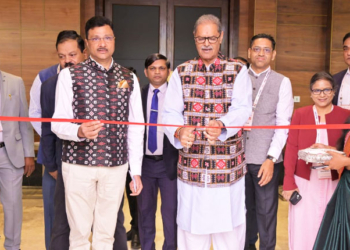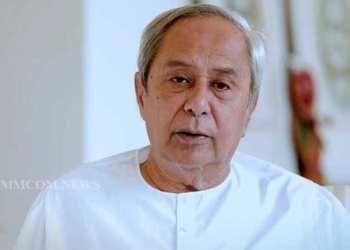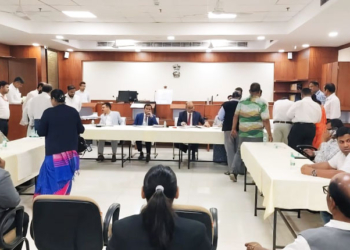In the heart of Odisha, a spiritual revolution took shape in the mid-19th century, giving birth to Mahima Dharma. Mahima Swami, also known as Mahima Gosain, was the leader of the spiritual movement called Mahima Dharma. He was a mysterious and wise person who inspired many people with his teachings. As the founder of the movement, Mahima Gosain’s spiritual presence and authority attracted many followers seeking enlightenment and growth.
The Mahima Dharma movement was characterized by its emphasis on the worship of a single, formless deity, known as ‘Alekh’, or the ‘Invisible One’. Mahima Swami’s teachings also stressed the importance of self-discipline, moral integrity, and compassion, which became the hallmarks of the Mahima Dharma faith.
About Mahima Gosain
Shrouded in mystery, the life of Mahima Gosain, the revered founder of the Mahima Dharma cult, remains an enigma to this day. Despite the lack of concrete historical records, it is believed that Gosain first appeared in Puri in 1826, clad in a saffron loincloth and sporting matted hair. His penchant for sleeping on the bare road earned him the moniker ‘Dhulia Gosain’. For his devoted followers, Gosain was nothing short of a divine incarnation, embodying the essence of the Supreme Being.
Legend has it that Mahima Gosain spent the formative years of his life in the majestic Himalayas, where he immersed himself in intense spiritual pursuits. He later descended to the sacred town of Puri, where he adopted a life of austere simplicity, sustaining himself solely on water. This remarkable feat earned him the revered title of ‘Nirahari Baba.
During his sojourn in Puri, Gosain propagated the profound philosophy of Advaitabada, which posits the existence of a single, all-encompassing deity. From Puri, Gosain’s spiritual journey led him to Khandagiri in Bhubaneswar, where he continued to spread his message of unity and devotion.
Establishment Of Mahima Cult
In 1838, Mahima Gosain’s spiritual journey led him to Kapilas in the Dhenkanal district, where he embarked on an extraordinary 24-year period of deep meditation. During this prolonged introspection, he donned the bark of the Kumbhi tree, symbolizing his renunciation of worldly attachments. It was on the auspicious 14th day of the bright moon in the month of Magha that Gosain founded the Mahima cult, marking the beginning of a new spiritual era.
The devotees of Mahima Gosain would traditionally gather to offer prayers under the open sky, imbuing their worship with a sense of freedom and connection to nature. Their daily devotions were typically observed thrice, with two prayer sessions in the morning and one in the evening, carefully timed to coincide with the sacred Brahma muhurtas, a period considered most auspicious for spiritual pursuits.
His Disciples
Mahima Gosain’s spiritual legacy was carried forward by his devoted disciples, Govind Baba and Bhima Bhoi. Govind Baba, formerly known as Jagannath, was Gosain’s first disciple, who renounced his worldly ties to follow his guru. He was later bestowed with the title of Abadhuta upon attaining spiritual perfection.
Bhima Bhoi, a revered saint and mystic poet, is believed to be Gosain’s second disciple. Under Gosain’s guidance, Bhoi penned profound poems, including Stuti Chintamani, Bhajan Mala, and Adi Anta Gita, which encapsulated the essence of Mahima Dharma. Their spiritual bond began in 1862, and Bhoi’s writings continue to illuminate the teachings of Mahima Gosain.
About Joranda Mela
The Joranda Mela, also known as Magha Mela or Mahima Mela, is a prominent fair held annually in Odisha’s Dhenkanal district. Taking place on the full moon day of Magha (January/February), this vibrant celebration attracts thousands of Mahima Sanyasis, devotees, and pilgrims.
The mela commemorates the salvation of Mahima Gosain at the Sunya Mandir temple, dedicated to the shapeless lord, Sunya Bramha. Devotees pay tribute at various shrines, including Gadi Mandir, Dhuni Mandir, and Ghanta Mandir, making Joranda Mela a unique and unforgettable experience.
Inside the Joranda temple, no image worship is performed. Instead, a perpetual flame, ‘Akhanda Dhuni’, ignited by Mahima Gosain, burns continuously. The mela’s main attraction is the ‘Yagna Kund’ havan, where thousands of litres of ghee are offered. Devotees chant ‘Alekh Brahma’ in unison, praying for global peace and prosperity.
By Rashmi Rekha Das





